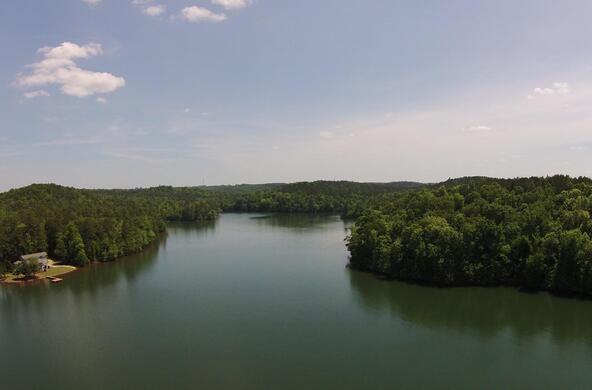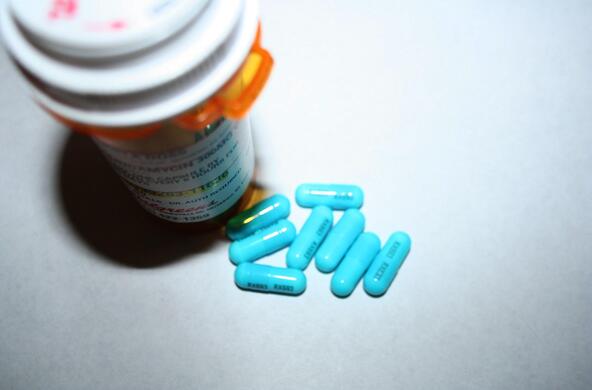
Everything from antibiotics to antihistamines is showing up in our water supply, effecting local ecosystems.
Pharmaceutical drugs and personal care products are showing up in rivers and streams throughout the United States and the rest of the world. What effects are they having on the environment?
Rosi: We are concerned as scientists because these compounds are biologically active. We take them to cure diseases or to have biological effects in ourselves and the fact that they're in rivers and streams might effect the aquatic organisms that live there as well.
Emma Rosi is a senior scientist at the Cary Institute of Ecosystem Studies. She and her team have constructed artificial streams to study the effects of the drugs in our waters on local ecosystems.
Rosi: Scientists have been detecting a wide range of pharmaceuticals in the environment. Everything from antibiotics to antihistamines to antidepressants, like Prozac, to illicit drugs like cocaine, morphine, amphetamines. A whole range of compounds. Anything that we use in our everyday lives that goes down the drain has the potential to end up in the environment.
Rosi: Unfortunately, wastewater treatment plants are not designed to pharmaceuticals. The other thing is, that we don't treat all of our waste in the US and around the world. So a lot of the wastes that are generated from humans end up in surface waters untreated.
We've been adding low concentrations of these pharmaceuticals to our artificial streams and our recent research shows that compounds like amphetamines can have effects on aquatic insects. In terms of their emergence, they actually emerge faster out of the streams. It can effect the algae in the streams, where they photosynthesize less. And it effects the bacterial community. So it changes which bacteria are are there. And this is in concentrations that we measure in the environment.
Photo: eutrophication&hypoxia via Flickr







